
Historic District for Sacramento Eichlers?
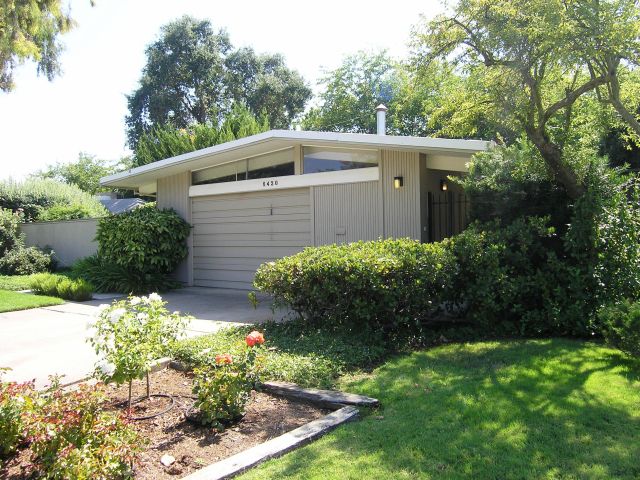 |
|
|
In recent years, Sacramento’s rich heritage of modernism has been threatened on several fronts, from plans to demolish Capitol Towers and the remarkable New Helvetia housing to renovation plans that might endanger the Sacramento Community Center Theater.
And, of course, within neighborhoods of modern homes there are always threats posed by unsympathetic remodeling or demolitions.
In an effort to stave off such future threats before they are made real, the group Sacramento Modern has teamed up with the city’s community development department to produce a remarkable document that is more than a good read.
It brings to the attention of the public and city leaders the value of mid-century modern architecture in the city of Sacramento. One goal is to decide which modern buildings or places should get added protection by being deemed historic.
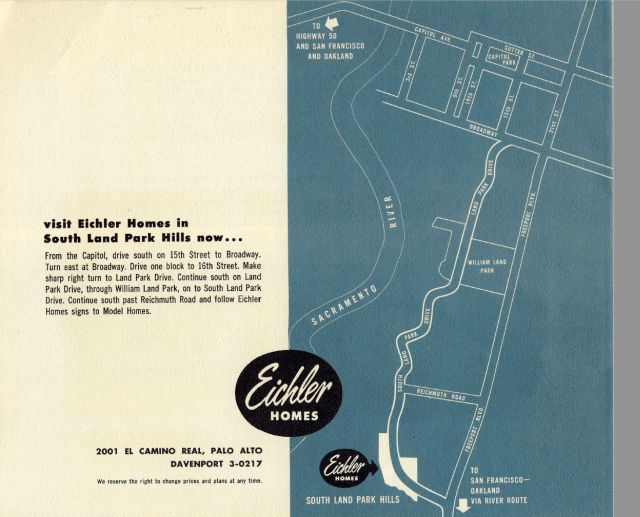 |
|
|
Among the five potential such places called out in the report is the neighborhood of Eichler homes, the only one in the city.
The report, with the not-so zippy title ‘Mid-Century Modern in the City of Sacramento: Historic Context Statement and Survey Results,' by the firms GEI Consultants and Mead & Hunt, says this of the compact Eichler neighborhood, built in the mid-1950s to designs by Jones & Emmons:
“The Sacramento Eichler Historic District is an excellent example of the Eichler company’s mid-century modern design and a well-preserved development built in the 1950s.” The consultants add, “The Sacramento Eichler development represents Eichler homes during the most productive period of design, exhibiting sophistication equaled in limited other parts of the state.”
They say the tract, which they call the ‘South Land Park Hills Unit No. 7 Eichler Historic District,’ appears to meet the criteria for listing on the Sacramento Register.
It doesn’t appear at this point that anyone in the tract has initiated steps to turn this “appears to meet” into reality by seeking such a historic district, says Gretchen Steinberg, president of SacMod. But it is likely this step will be taken in the future.
Before moving towards establishing any historic districts, she says, "We would like to have a fact sheet and present the issue for discussion in an organized, thoughtful way."
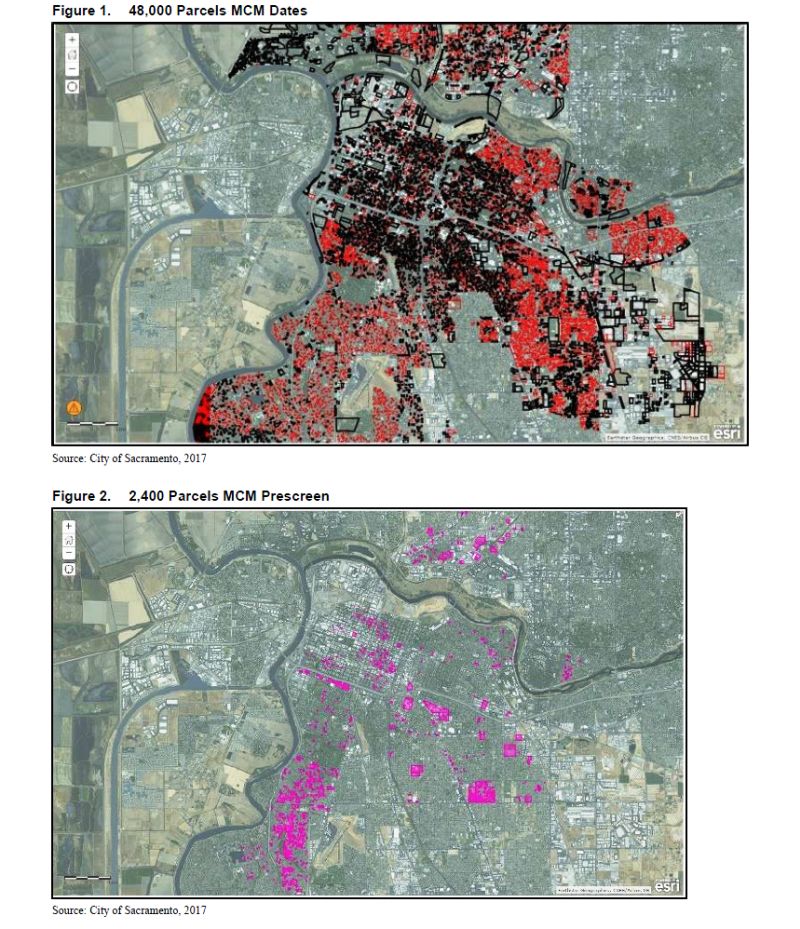 |
|
|
Of the 53 Eichlers in Sacramento’s South Land Park area, on South Land Park Drive, Fordham Way, and Oakridge Way, 47 'contribute' to a potential historic district, meaning they still have their historic exterior looks.
Steinberg says the report is just one step in a process that can lead to protection for many historic places. Context statements do what their name suggests – provide the context in which planners can evaluate the worth and architectural integrity of buildings, parks, and entire neighborhoods.
“After a deep recession,” she writes in an intro to the report, “Sacramento is now experiencing major growth – and with that growth, comes pressure to demolish and transform older buildings. Because Mid-Century Modern resources in Sacramento have not been identified and studied to any degree, they can easily be lost before we even know about them. The Mid-Century Modern Historic Context Statement and Survey attempts to correct that.”
In saying modern resources “have not been identified,” Steinberg is being modest. She and others in SacMod have been studying and cataloging resources for years. What is different here is, the city survey is even more thorough – and it is being done for an official agency.
About 25 volunteers were part of the survey, walking and driving neighborhoods and visiting other historic places.
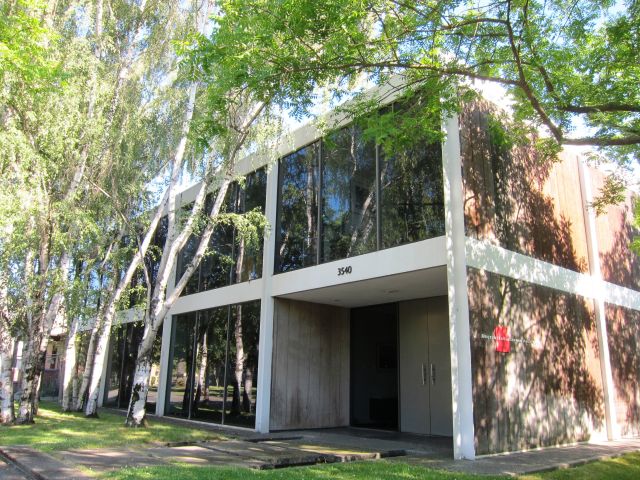 |
|
|
The report is a wonderful read for anyone interested in these subjects. It provides a thorough history of the city’s built history and economy, runs down the important architects who worked in Sacramento, provides maps and illustrations and ephemera tied, for example, to Googie-style restaurants.
Along with the Eichler tract, four other 'resources' were chosen for special evaluation by the consultants:
“Gunther’s Quality Ice Cream Company (Gunther’s Ice Cream) (2801 Franklin Boulevard) with a focus on the iconic neon sign; Iva Gard Shepard Garden & Arts Center (3330 McKinley Boulevard), a City-owned property; Senator Savings and Loan/Chase Bank Branch (4701 Freeport Boulevard); Gordon D. Schaber Sacramento County Courthouse (County Courthouse - 720 9th Street).”
“These five properties were chosen through discussion between SacMod and the City to represent a spread of resource types and historic themes, that clearly exemplify Mid-Century Modern architecture,” the report states.
The survey also looks at homes built by the local developers the Streng Brothers, most of whose mid-century modern tracts are outside the city limits of Sacramento, and thus not within the survey’s purview. The Strengs’ designer was the local architect Carter Sparks.
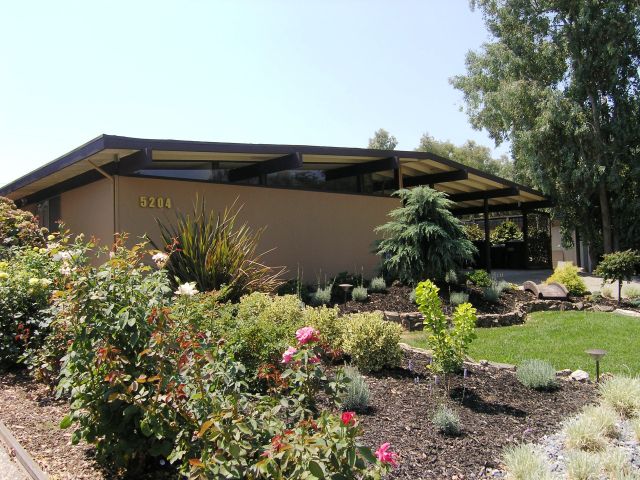 |
|
|
The survey notes that “their houses can be found in such Sacramento neighborhoods as Greenhaven, Little Pocket, and Wilhaggin.”
“The Streng Brothers averaged 100 to 200 homes per year and kept approximately 100 employees on the payroll,” the survey reports. “By keeping their volume relatively low compared to some of their contemporaries, the Strengs were able to customize their houses for individual buyers.”
What is notable about the survey, besides its wide-ranging content, is the cooperation it shows between a group that advocates for preservation of mid-century modern places, city officials, and members of the public devoted to modern design.
Members of the public who volunteered to survey buildings were carefully trained to be able to determine whether an Eichler home, for example, had retained its integrity.
All of this bodes well for preservation efforts in Sacramento – at least in the abstract. The next steps are up to the populace.
- ‹ previous
- 302 of 677
- next ›



